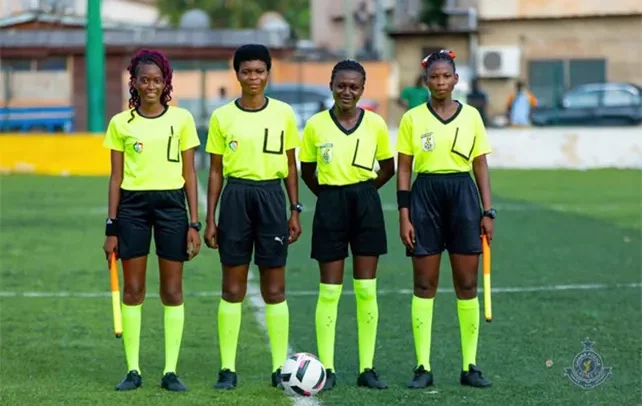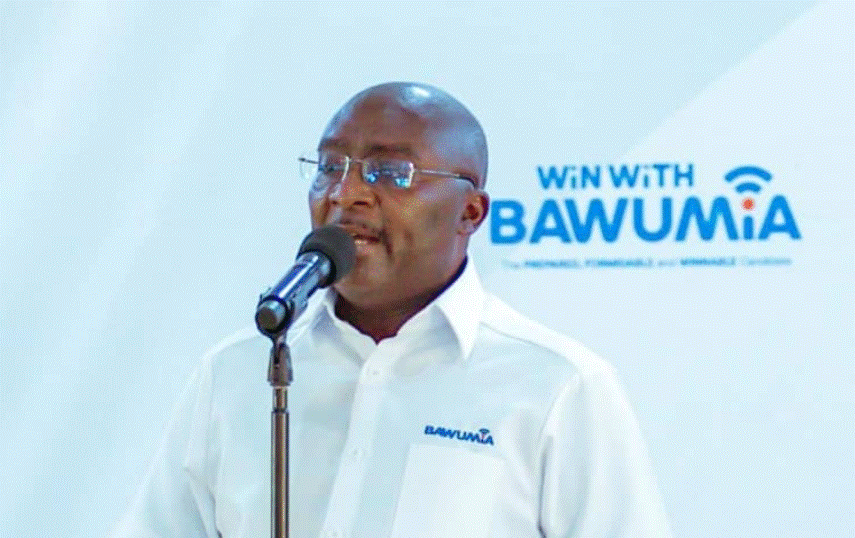
Life has a funny way of throwing surprises at us when we least expect them. From sudden job losses to unexpected medical bills, financial emergencies can strike at any moment. That is where an emergency fund comes in – your financial safety net for life’s unpredictable moments. But how do you build one? Let us break it down to the basics – the A, B, Cs of building an emergency fund.
A is for Assess Your Needs
First things first. Before you start putting away some money, it is crucial to assess how much you actually need in your emergency fund. The general rule of thumb is to save three to six months’ worth of living expenses. However, this isn’t a one-size-fits-all solution.
Consider your personal circumstances. Are you single or do you have dependents? Is your job stable or are you in a volatile industry? Do you have any ongoing health issues? These factors can influence how much you should save.
For instance, if you are in a dual-income household with stable jobs, you might aim for the lower end of the spectrum. On the other hand, if you are self-employed or have a family to support, you might want to aim for six months or even more. One survey found that less than 20percent of Sub-Saharan Africans could cover one month emergency expense from their savings. Don’t let yourself be part of that statistic. Assess your needs and set a realistic target.
B is for Budget
Now that you have a target, it is time to figure out how to reach it. This is where budgeting comes in. Take a good, hard look at your monthly income and expenses. Where can you cut back? Can you reduce your brunch dates or days out? Cancel that subscription you barely use? Or that attire which you already have in four different colours?
Remember, every little bit counts. If you can save just GH¢50 a week, that’s over GH¢2,500 in a year. It might not seem like much, but it’s a solid start. One effective budgeting method is the 50/30/20 rule. This suggests allocating 50percent of your income to needs, 30percent to wants, and 20percent to savings and debt repayment. If you can squeeze your emergency fund savings into that 20percent, you are on the right track.
C is for Consistency
Building an emergency fund is a marathon, not a sprint. Consistency is key. Set up automatic transfers to your emergency fund account every payday. This way, you are paying yourself first before you have a chance to spend the money elsewhere.
Start small if you need to. Even GH¢200 a month is better than nothing. As you get more comfortable with your budget and find additional areas to cut back, you can increase your contributions. Remember, setbacks are normal. If you need to dip into your emergency fund, don’t beat yourself up. That’s what it’s there for. Just focus on building it back up as soon as you can.
D is for Diversify
While not strictly part of the A, B, Cs, diversification is an important concept when it comes to emergency funds. Don’t put all your eggs in one basket. Consider splitting your emergency fund between a high-yield savings account for easy access and a money market account or short-term Fixed Deposits for slightly higher returns. Just make sure you can access the funds quickly if needed.
E is for Earn More
If you have cut your budget to the bone and still struggle to save, it might be time to look at increasing your income. Can you ask for a raise at work? Take on a side hustle? Sell items you no longer need? A 2022 Zapier survey found that 40percent of Americans have a side hustle, with the average side hustler earning US$12,689 per year. Whilst local statistics might be scarce, you get the picture – that extra income could go a long way in building your emergency fund.
F is for Financial Education
Knowledge is power, especially when it comes to personal finance. Educate yourself about budgeting, saving, and investing. Understand concepts like compound interest and inflation. Did you know that if you put GH¢10,000 in a savings account with a 5percent annual interest rate, you’d have GH¢16,288 after 10 years? That is the power of compound interest working for you.
G is for Goals
Set clear, achievable goals for your emergency fund. Break your ultimate target into smaller milestones. Celebrate when you reach each one. This can help keep you motivated on your savings journey. Finally, talk to someone who can help you achieve the goal. Letshego Ghana’s Savings and Investment products empowers individuals to build robust emergency funds with competitive interest rates, and flexible terms. Their commitment to financial inclusion and education equips customers with the knowledge and tools to achieve financial security.
Building an emergency fund is not about depriving yourself. It is about creating financial security and peace of mind. It is about being prepared for whatever life throws your way. Don’t let yourself be caught off guard. Start building your emergency fund today. It might seem daunting at first, but with consistent effort and smart strategies, you will be surprised at how quickly your fund can grow.
Remember the A, B, Cs: Assess your needs, Budget accordingly, and stay Consistent. Diversify your savings, look for ways to Earn more, educate yourself about Finance, and set clear Goals. With these strategies in your toolkit, you will be well on your way to financial security.
>>>No need to stress about your financial future! With Letshego’s Fixed Deposit Account, your money works for you 24/7. Don’t wait any longer! For more information, Email: [email protected] or call 0302208333/ 0800898000 (Telecel only) or WhatsApp 0263677677
The post Financial Support Solutions with Letshego: The A, B, Cs of building an emergency fund appeared first on The Business & Financial Times.
Read Full Story



















Facebook
Twitter
Pinterest
Instagram
Google+
YouTube
LinkedIn
RSS